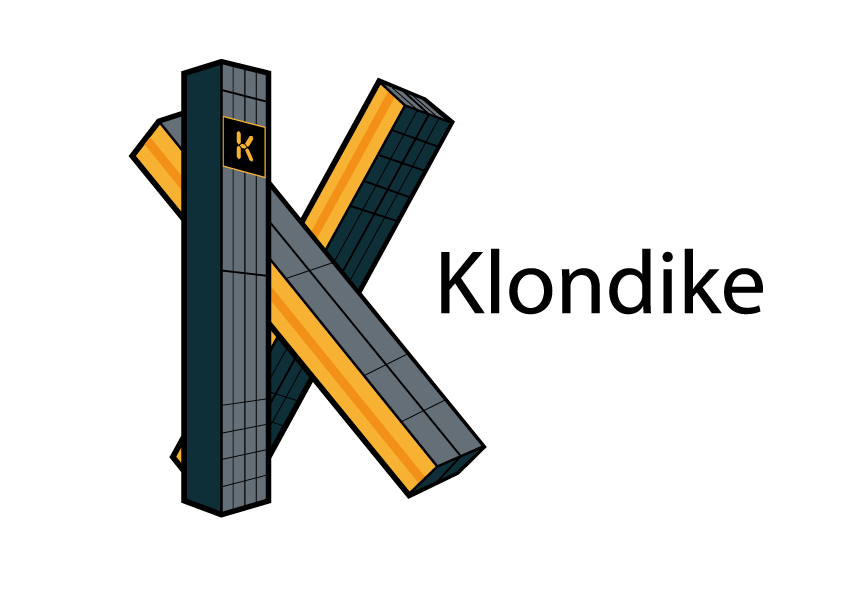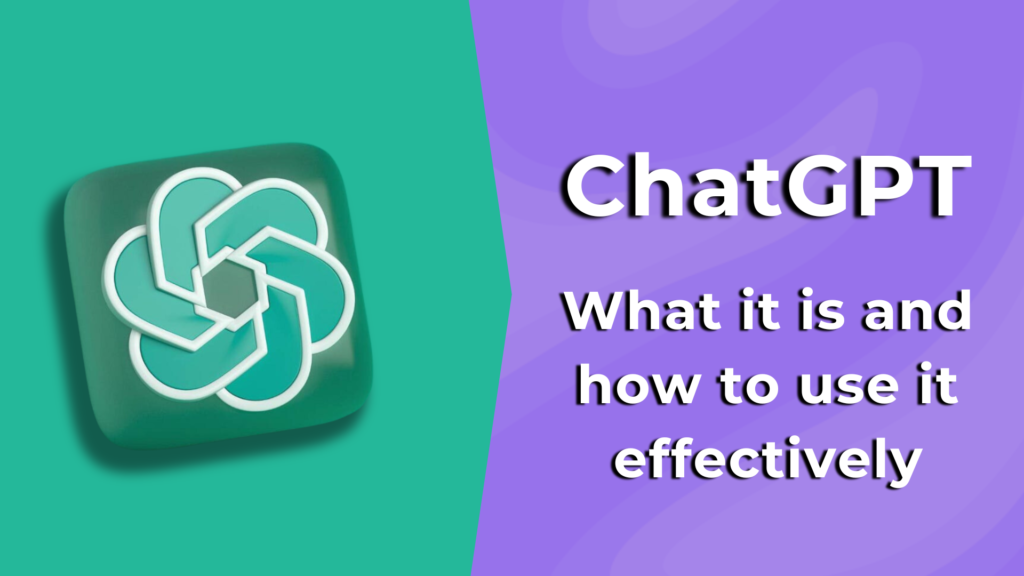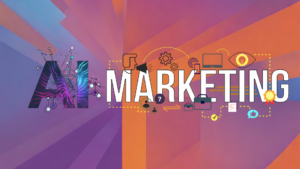In the era of technological evolution, a protagonist emerged with arrogance: ChatGPT. This Artificial Intelligence (AI) based chatbot is revolutionizing the way we interact with technology, opening up new possibilities, unexplored until recently.
ChatGPT is a combination of cutting-edge techniques in the field of deep learning (DL) and natural language processing (NLP), the result of years of research and development aimed at making communication with machines as simple and natural as possible.
In this article we will discover together everything there is to know about ChatGPT: from its genesis, through its features, to the best practices for formulating a prompt. Are you ready? Let’s start the journey.
What is ChatGPT
ChatGPT is an advanced generative language model (a Large Language Model or LLM) based on a technology called Transformer GPT (Generative Pre-training Transformer) that is able to produce textual answers.
It is a sophisticated assistant capable of understanding, generating and responding to a wide variety of textual requests, imitating human interaction in a surprisingly natural way. This skill has found application in a myriad of fields, from customer support to content creation, through teaching and learning.
The first model, GPT-1, was released in 2018, followed by GPT-2 in 2019, GPT-3 in 2020 and GPT-4 in 2023. Each version improved and refined the capacity of the previous model, generating consistent and realistic text responses. ChatGPT, the interface that allows access to GPT, has therefore become an increasingly useful and versatile tool.
Machine Learning, Deep Learning and Natural Language Processing
Before going into the details of ChatGPT it is good to clarify some arguments.
Machine learning is an area of Artificial Intelligence that focuses on processing and interpreting data, allowing computers to learn independently without being explicitly programmed. Machine learning is based on algorithms that improve their performance as they are exposed to more data over time.
Deep learning and natural language processing (NLP) are two key areas of AI that underpin numerous modern technological innovations, including ChatGPT.
Deep learning is a subcategory of machine learning that is based on artificial neural networks with different layers (or “deep”, hence the name) between the input and the output. These layers are able to independently learn a number of complex functions and operations without the need to be explicitly programmed.
Neural networks attempt to simulate the behavior of the human brain (even though they are far from matching its capabilities) and learn from large amounts of data. While a single-level neural network can still make rough predictions, additional hidden levels can help optimize and refine accuracy.
Deep learning has allowed significant progress in several areas, including artificial vision, speech recognition, and of course, natural language processing.
NLP, on the other hand, is an AI field that focuses on communication between machines and humans using natural language. The goal of the NLP is to create systems that can understand, interpret, generate and respond to human language. This technology is critical for a number of applications, including machine translation, voice assistants, and, indeed, ChatGPT.
A bit of history: from Recurrent Neural Networks to Large Language Models
Recurrent Neural Networks (RNN), invented in the 1980s, can handle word sequences (such as text, audio, or spoken language). However, in the case of large models, are slow to train and your memory may be ineffective in maintaining long-term information.
To overcome this problem, in 1997 computer scientists Hochreiter and Schmidhuber invented Long Short-Term Memory (LTSM) networks, a variant of recurring neural networks designed to improve the ability of networks to maintain and manage long-term memory.
A Large Language Model is a type of Artificial Intelligence designed to generate text that resembles what humans write. These models are called “large” because they are trained on huge amounts of textual data and have a significant number of parameters that can be learned, sometimes in the order of billions.
In 2017 comes the turning point with the Transformers, thanks to the research work “Attention Is All You Need” of the Google AI team. Since then, this type of neural network has become one of the main models used in natural language processing. Transformers can handle longer text strings and capture the meaning of words more accurately, making them particularly suitable for natural language processing tasks such as machine translation, text generation and answer to questions.
Transformer neural networks are the basis of large language models, such as ChatGPT: they are trained on a large scale with a variety of texts, such as books, articles and websites, to understand and generate language in a coherent and meaningful way.
Unlike other language models, large language models are not designed for a specific task. These are generalist models that can adapt to a variety of activities, such as answering questions, translating between languages, writing texts and much more.
For their training, these models do not need to know the specific content or context of the data they are trained on, but rather learn general language patterns and structures from the data in an unsupervised manner. This means that the algorithm makes sense of data autonomously as opposed to supervised learning systems that require labeled data input so that there is a response key with which the machine can measure its accuracy.
Many large language models, such as ChatGPT, are generative.
What does generative mean? A generative AI system is tasked with creating new content from training data. This can include a variety of media forms, such as images, music, words, or even entire text articles.
For example, a generative AI model trained on images of human faces may be able to generate new images of faces that do not exist but appear realistic (such as Midjourney or Dall-E).
GPT was introduced in 2018. Based on Transformer neural networks and pre-addressed on a huge amount of text present online, GPT was able to single out patterns in textual data and generate content based on different inputs received.
GPT-2 was released in 2019 as an evolution of the first model. GPT-2 had a more complex structure than GPT: trained on a greater number of parameters, it had an improved ability to generate more coherent and cohesive text and to process its context.
Since the end of 2022 the hype around ChatGPT, based on the GPT-3 first and GPT-3.5 then, has been incredible: since the day of its presentation, in just 5 days ChatGPT has reached one million users. The GPT-4 model version was released in March 2023.
How to use ChatGPT
Using ChatGPT is a fairly simple and intuitive process. However, it is important to remember that, being a language model based on AI, its effectiveness may vary depending on the specificity and clarity of the questions or commands it is given. Let’s see what we can do.
Access to ChatGPT
First, you need to access ChatGPT. First, go to chat.openai.com. If this is your first time, you’ll need to create a free account with OpenAI before you start. You can choose easy access with a Google or Microsoft account or simply enter your email address and locate a password.
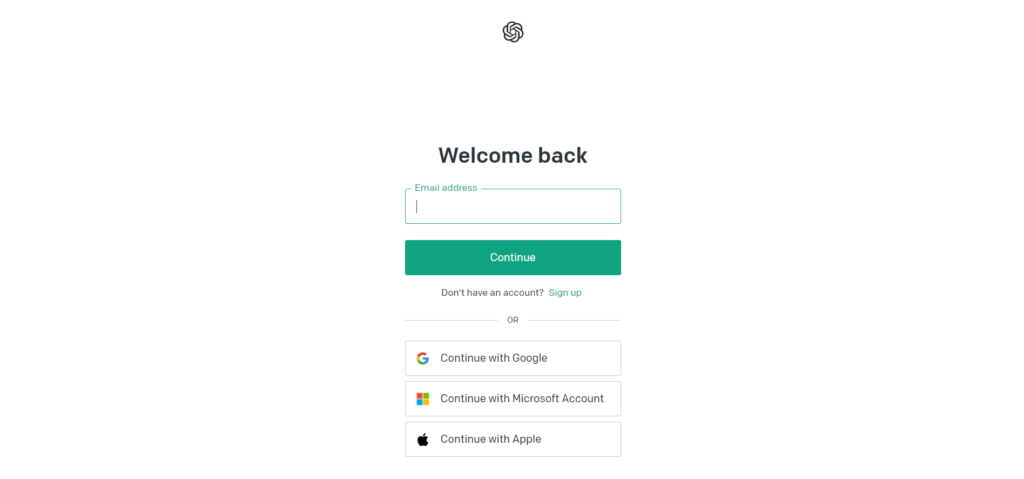
Enter the request
Once you get access, you can start interacting with ChatGPT. Just type the question or command into the provided text box and press enter. Text is called prompt and triggers text processing.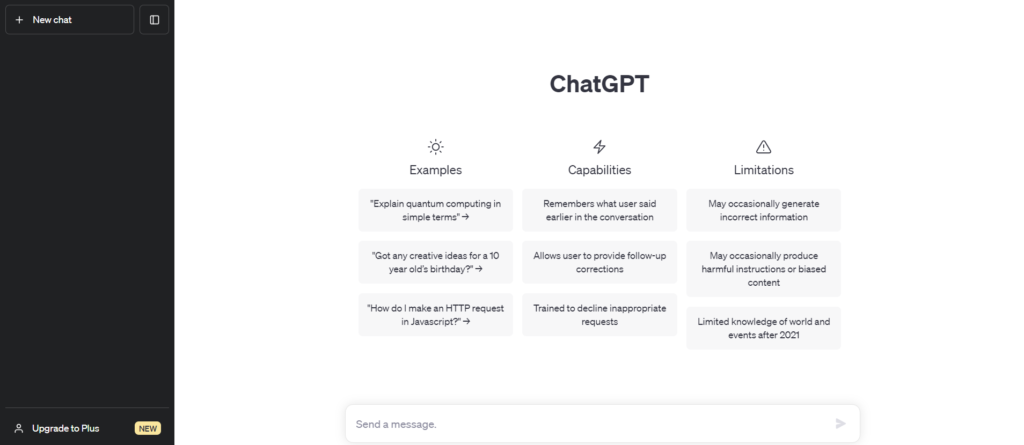
The ChatGPT language model uses informations in the prompt to interpret the situation and produce an appropriate response.
Depending on the user’s purpose, a prompt may manifest as a question, statement, narrative, activity or topic. It could be as simple as a single word or as complex as a complete essay. A good prompt should be accurate, understandable, and provide enough background information to allow GPT-4 to understand the context and provide an adequate response.
What are the main types of prompts?
1) Questions: They aim to receive a specific answer or to acquire a particular data, such as “What is the capital of Germany?” or “How does the universe work?”
2) Completion requests: they provide ChatGPT with a starting point or a snippet of text and require completion of the phrase as “Some of the advantages of reading include…”.
3) Narrative cues: require the model to conceive a story or a story concerning a given topic or theme, for example “Generate a mysterious story set in a small country”.
4) Dialogue requests: ChatGPT creates character conversations in a specific context or setting, such as “Conduct a conversation between a customer and a customer service representative” or “Propose a dialogue between a candidate and an employer during an interview”.
5) Creative stimuli: These are open questions that require the language model to generate an element of creative nature, such as a poem, song or script, such as “Compose a poem about love” or “Write a script for a horror film”.
Answer reading
After pressing enter, ChatGPT will process the request and generate a response, which will appear in the same interface.
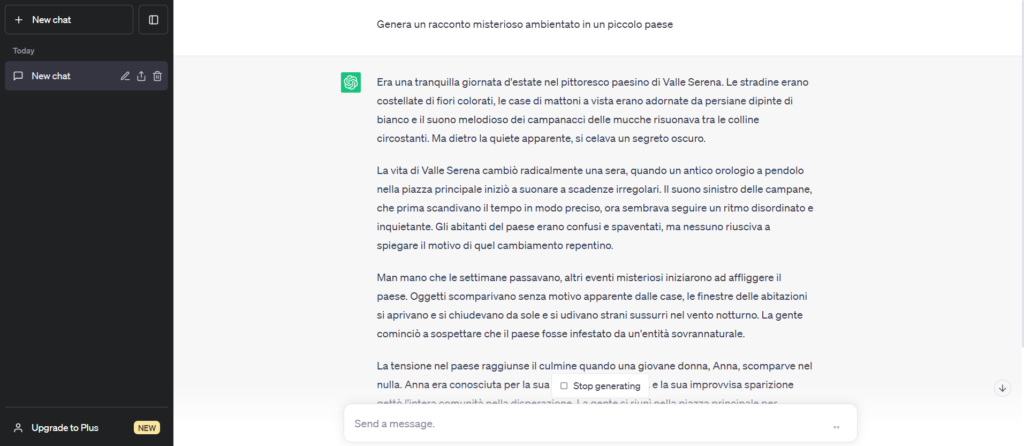
Continuous interaction
You can continue interacting with ChatGPT by sending other prompts. ChatGPT can handle an ongoing conversation, so you can refer to information provided in previous answers.
It is good to remember that ChatGPT is an AI model and, therefore, it is not perfect. You may not always understand the request correctly or may provide incorrect or misleading answers. However, with clear and specific communication, it can be a useful and interesting tool.
How to formulate a prompt
Composing effective prompts for ChatGPT may seem challenging but, through a series of steps you can create instructions that direct the model towards relevant and superior responses. Despite their sophistication, generative AI models do not have the ability to understand human nuances or intention without an explicit explanation.
What are the best practices?
- Identify the task and purpose of the request
Before composing the prompt it is essential to know what action you want the model to perform and what the expected output is.
As soon as you have a clear vision of the task to be assigned and the reason for the request, it will be much easier to compose a prompt that is specific and relevant to the topic.
- Precision in writing
You should provide precise and detailed instructions. The more general the instructions, the more difficult it will be to obtain a relevant answer.
- Plain language
When editing a prompt it is important to be clear: avoid using jargon or complex terms to understand as they may confuse the model. For example, it will be more useful to say “Write an essay on {Topic} in a writing style of The Post” rather than “Write an essay”.
- Provide a context
Context is of paramount importance when drafting a prompt. In order for the model to provide an adequate response, it is important to give it sufficient information to help it understand the topic or scenario being proposed to it.
For example, if you’re asking him to write a story set in the 22nd century, this is important contextual information. As well as specify that it will be a science fiction novel.
- Assess the length
A larger prompt can provide richer context and detail, but it can be more complex to interpret for the model. On the contrary, a shorter one might be easier to understand, but it may not provide enough information for an adequate response.
Therefore, it is necessary to understand what the objective of the application is. If you are detail oriented, it would be appropriate to formulate more extensive prompts, but if you want to get a general idea, clarity is crucial.
- Experiment
Once the prompt composition is finished, the last step is to test it with ChatGPT by pressing the enter key and examine the results. If the results do not match expectations, you will need to change the prompt and repeat the test. Remember that the result may contain inaccuracies or false news: verify the content, read it over and over again and adapt it to your needs.
ChatGPT is a powerful and flexible tool for businesses. With the right approach, this innovative generative artificial intelligence model can revolutionize business interactions, improve efficiency, and open new avenues for growth and development.
Want to control GPT technologies but with supervised logic?
In Klondike we have integrated GPT models into our chatbots to understand and answer your questions. KlondieGPT is the virtual assistant trained with GPT algorithms that allows you to protect your business know-how.
REQUEST A DEMO TO FIND OUT MORE
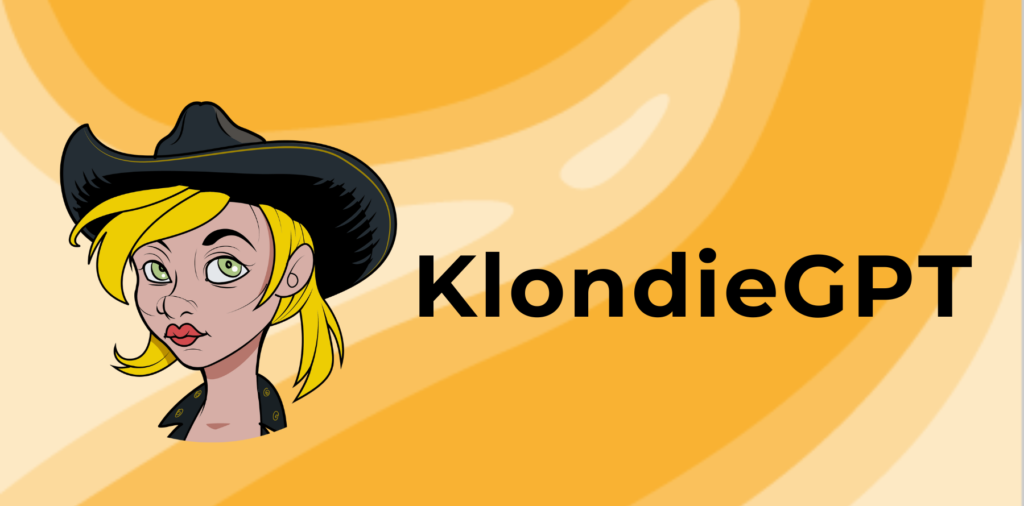
Desideri controllare le tecnologie di GPT ma con una logica supervisionata?
Anche noi di Klondike abbiamo integrato i modelli GPT nei nostri chatbot per comprendere e rispondere alle tue domande. KlondieGPT è l’assistente virtuale allenato con gli algoritmi GPT che permette di proteggere il tuo know-how aziendale.
RICHIEDI UNA DEMO PER SCOPRIRE DI PIÙ
